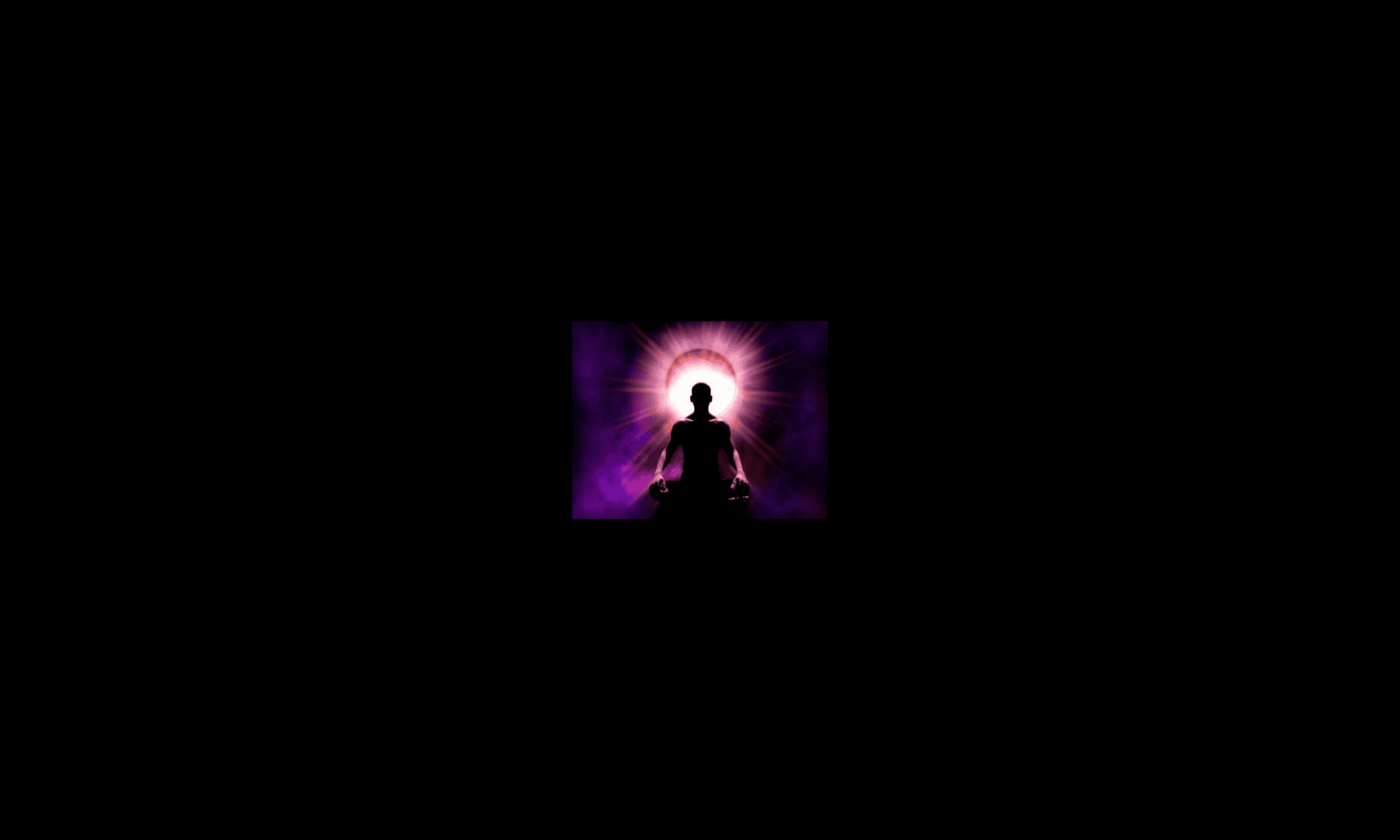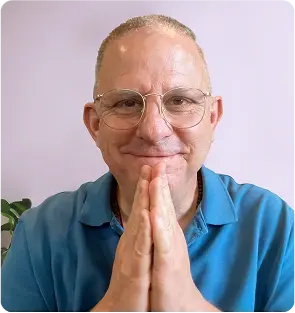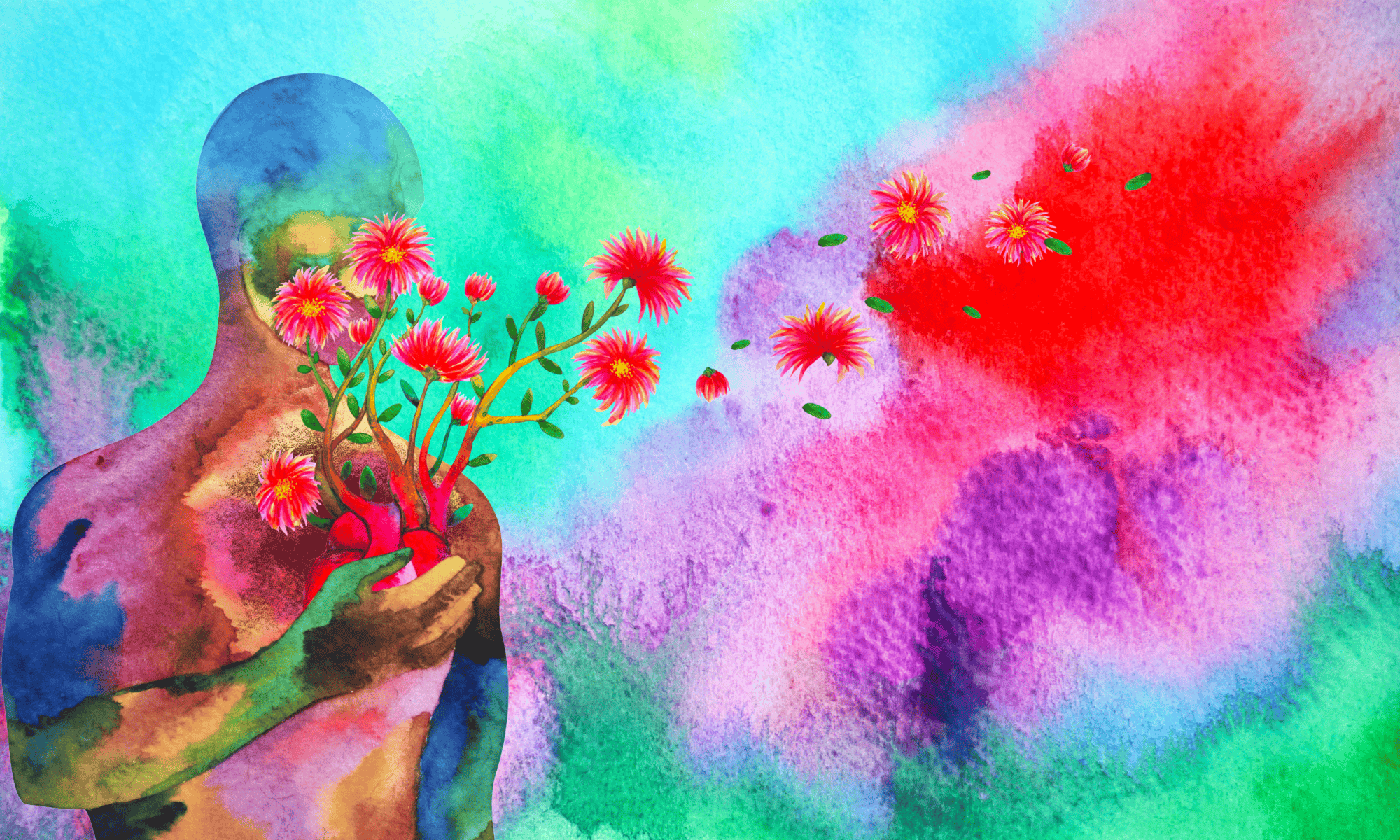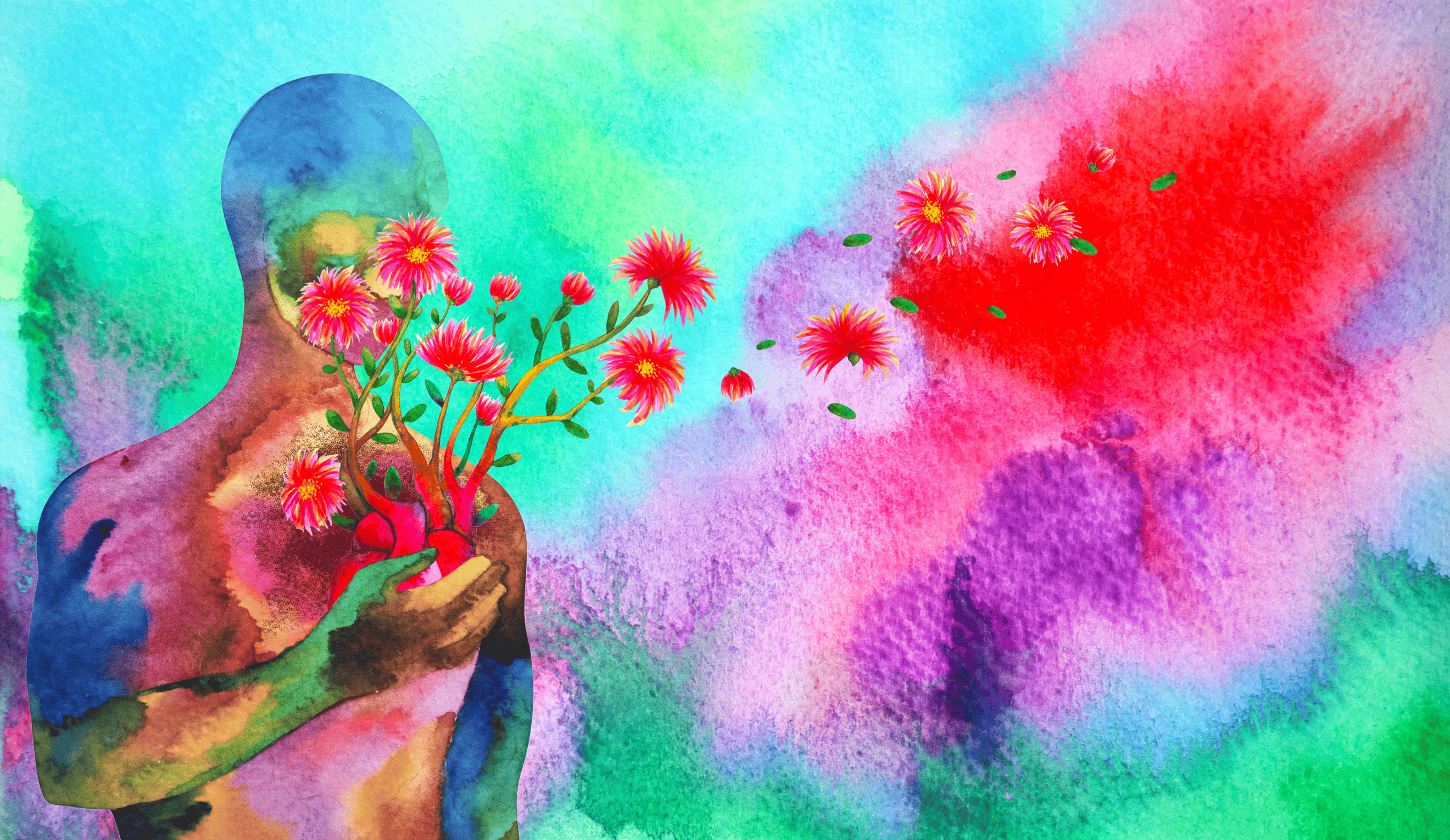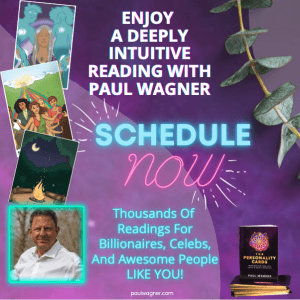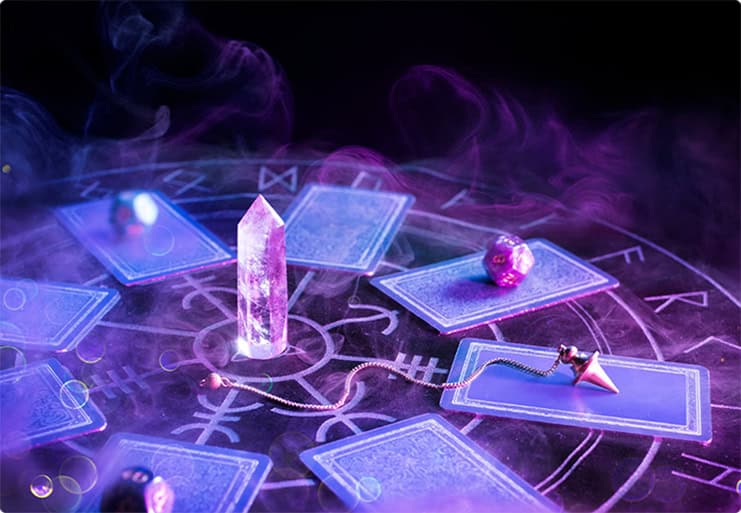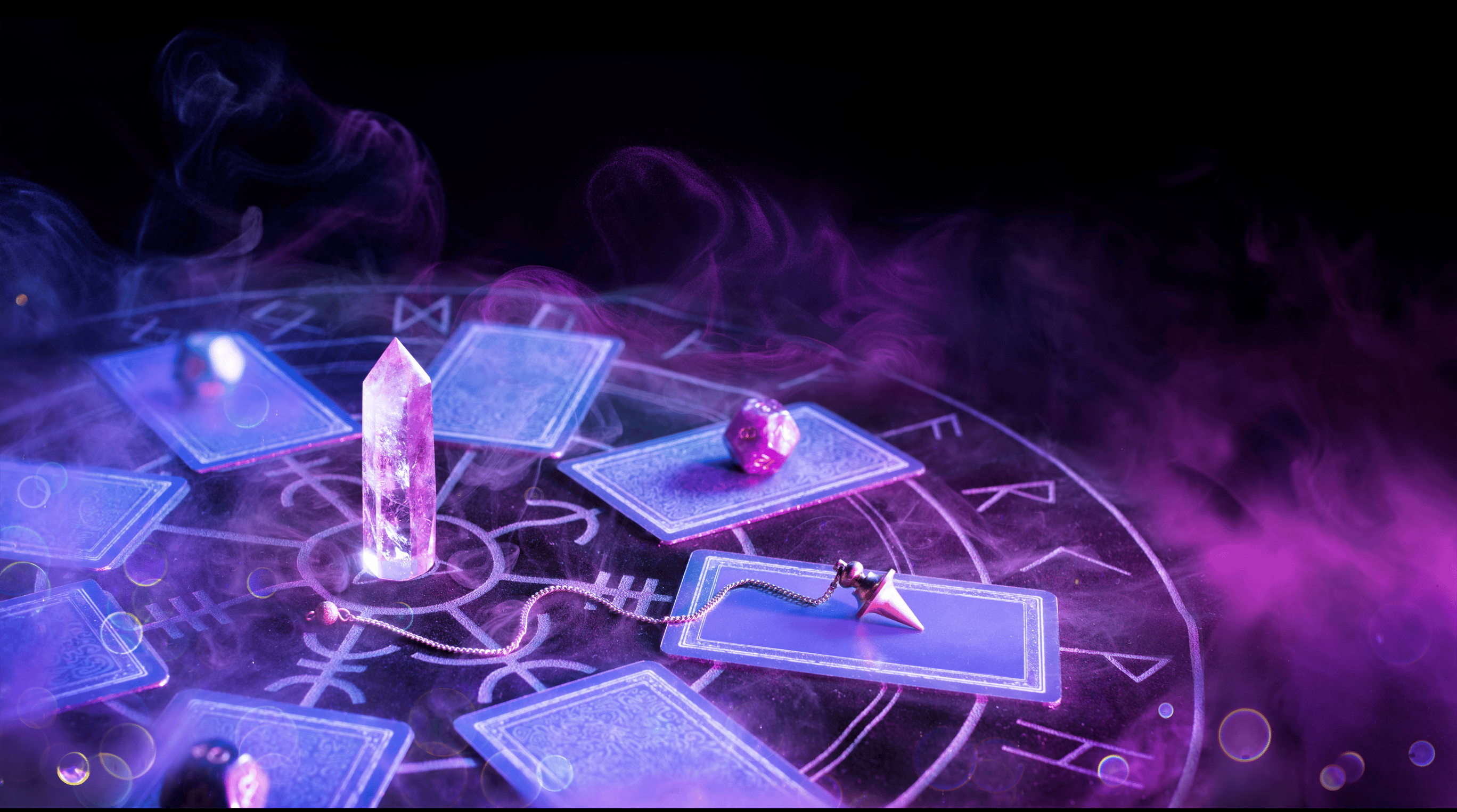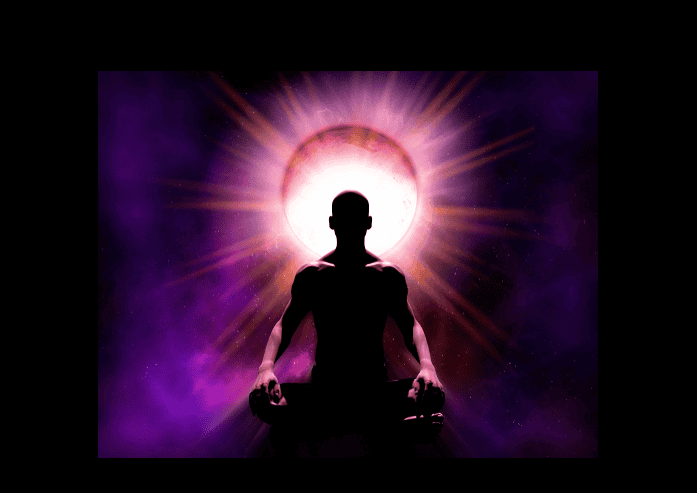
How To Be An Effective, Grounded, Practical Psychic
Psychics have a tarnished name because of the reputation that they are scammy fortune tellers who take advantage of desperate or curious people in order to make a profit. These people do exist — they come off as hokey, disingenuous, and prod clients to give up information that will help them seem real and insightful. They often make very vague claims and offer universal advice, all while making it seem like their help is truly unique and special to that particular client. It’s because of this reputation that you’re here today: to learn how to be an effective psychic who comes off as grounded, practical, and real and offers advice that truly helps people improve their lives.
In order to become an effective, grounded, and practical psychic, we must first talk about what we don’t want. Then, we’ll need to identify the traits you need to hone and perfect and follow best practices for opening, conducting, and closing sessions.
Let’s Talk About What We Don’t Want
Clients go to psychics because there are problems they’re facing that no one else seems to be able to help them with. Getting advice, insights, and support from someone who has the ability to pull knowledge intuitively from the Universe is a great way to get over these barriers and start rectifying problems. In other words, clients are not there to be a source of income, to be taken advantage of, or to pump up your ego.
Many terrible psychics, whether they truly have the gift or they don’t, operate with a giant ego. They let their desires, needs, emotions, opinions, and thoughts get in the way of a helpful reading. Instead of serving others, they’re just helping themselves.
Unfortunately, I’ve only seen this trend grow as the once well-intentioned light-seekers of the New Age turned to narcissism and commercialism. Divine rights and practices and helpful spiritual tools have become twisted, appropriated, and emptied of their purpose. In their place is a bunch of people who all claim to connect with their higher selves in their yoga pants at a studio on Saturdays and take selfies with their instructors who shout “Namaste” from the mountain tops. This goes for psychics as well.
Teenage girls across America call themselves Wickens, adorn themselves with Satanic symbols, carry crystals in their backpacks, and claim to connect with spirits over their toy-store brand Ouija boards. To be spiritual and psychic has become an aesthetic, not a sacred and revered role meant to help us connect with the Universe.
If you are serious about helping others with your psychic readings, you need to be serious about how you approach your role as medium. Be honest with yourself: is your ego playing any part in this? Are you pursuing this role for an honorable purpose? Do you have what it takes to completely empty of yourself to make way for genuine and practical messages for your clients?
Good Traits to Have As a Psychic
If you have the ability to connect with beings and messages beyond our human plane and limited knowledge, then it’s likely you feel a very strong calling to bring that connection and those messages to others who desperately need it. The Universe has chosen you to be a messenger, a channel, which means you have an extremely important job. People who don’t take this job seriously enough are one of the reasons why psychics get such a bad rep.
To have psychic abilities is a privilege, and it’s in your power to conduct yourself properly so that you can genuinely help others. Here are some traits that you should have if you want to be the most effective psychic you can be:
Tune into Empathy
Many psychics are empaths, if not a lot of things. Empaths can deeply connect to other people, places, times, and objects on a level that goes beyond normal human ability. This sense that a psychic empath has with these connections can manifest in many different ways. They might have full-body experiences where they have first-hand experience of what the other person feels. Or, they might have physical reactions to other people’s emotions like an upset stomach. It can take years to fully understand this gift, how it manifests, and practice it in a way that can prove helpful to you and others.
Having the gift of empathy can play a huge role in your sessions. Deeply understanding what the other is feeling will help guide you in the way you seek and communicate messages. You might also be able to receive messages from the other side this way and have a better grasp of the message that you need to convey. You might even be able to answer clients’ questions on a more detailed level than other non-empath psychics can.
If you don’t have the gift of empathy on a psychic level, it’s still important to practice it on an emotional level. It’s extremely important for a psychic to be able to stay in touch with the client’s emotions throughout the session. Picking up emotional cues and reactions to specific parts of the reading, for example, can help alert you to the parts of your message that are most valuable, helpful, or personal to the client. With that knowledge, you can try to pry more into that subject to glean more information.
Free Yourself of Ego
At the same time, empaths and psychics can be even more vulnerable than usual to expanding egos. If you know you have a powerful skill that others don’t, it might inflate your sense of self and make you feel extra important. Being able to feel others’ emotions as well can make things feel very personal – you could end up making their emotions and feelings about yourself rather than using the knowledge to help them. It’s very important to not get caught up in yourself and your own feelings. As a practical, grounded psychic, you must stay lowly, humble, and free of self-service.
As a psychic, you are literally a medium between the client and the message. In order to effectively communicate the message in the way it’s intended, you must yourself become nonexistent. You must rid your mind and feelings of any biases, prejudices, influences, tendencies, and quirks. Putting your own spin on the message, taking it personally, applying it to your own situation, and more can all end up hurting the client and ruining the session.
The last thing you want to read in a review is something like, “I really think she has the psychic ability, but she just always ends up making the session about herself!”
Be Observant and Present
Freeing yourself of your ego and tuning into the session deeply also requires being very observant. Instead of worrying about yourself and your life, you need to be as connected as possible to the present. Being concerned with how the message might form over the course of the session, getting distracted, or even trying too hard to connect to the client can cause you to lose focus of the task at hand. You must take every thought, feeling, emotion, image, and gut feeling that comes along during the session for what it is and at the very second it hits you. You will be continuously receiving all kinds of signals and images, and it’s critical that you don’t even blink, so to speak. Any missed element could end up being a huge deal for the success of the reading.
Stay Open-Minded
Humans are natural pattern-lovers. We are always consciously and subconsciously looking for ways to connect things together to form patterns. In these efforts, we also end up casting out things that don’t fit into those patterns. Because of these tendencies, psychics who aren’t careful might end up completely misreading a message and a client.
To be a truly effective psychic, it’s essential that you stay open-minded to every single part of the messages being communicated. To dismiss an image, word, phrase, number, feeling, or anything else that comes to mind during a reading just because it doesn’t fit your current understanding of the narrative is to be entirely irresponsible. You may not be able to make sense of that message, but you have no idea if it has significant meaning to your client.
Stay open-minded about whatever the message might be, don’t count anything out, and make sure to be as open, honest, and communicative with your client as possible. If you don’t understand something, its likely that discussing it with your client can lead to a conversation that helps string the points together and create something truly meaningful.
Be Specific
To be grounded and practical, you must be specific. Remember how we were just complaining about those hokey fortune-tellers who have given us such a bad reputation? They’re not effective because they keep their messages extremely vague and universal, too scared to delve into detail for fear of showing off just how much they don’t know or can’t know to clients. To build trust with your clients and help them fully, you’ll need to stay specific in your readings.
Instead of using phrases like “I sense some trouble in your romantic life,” which could be true of practically everyone, try to dial in on exactly what kind of trouble that is. Maybe you’re getting the sense that both partners are too stubborn, or one won’t communicate, or that there are too many secrets. Of course, you might not be able to tell them exactly what the secret is, but that’s not your job anyway. Your job is to be effective and practical – your client must be able to walk away with a plan to better their life thanks to the insights you’ve provided.
How to Improve Your Sessions
Every psychic is different with their types and levels of abilities as well as their preferred ways of getting ready for sessions. You’ll need to keep working at these things over time to become very good at your job, and you might also find that the methods that once helped you are beginning to lose their effectiveness, so it’s time for a little soul-searching for new methods. Here are some ways to keep improving your sessions.
Clear the Energy In and Around You
Starting off, though, you’ll want to clear out both your energy and the energy of the space. Regardless of whether your session is in-person or over a call, the energy of your environment can play a huge role in how effective your readings are. Before you even think about getting in touch with your client, you’ll need to prepare yourself.
Meditation is the best way to begin. You should already have a daily practice that helps you on your own self-development journey. In addition, you’ll need a meditation practice that prepares you to connect with messages coming in from the client and the Universe. Many psychics find it helpful to have specific spiritual guides that they call upon, as these guides are the beings that help them connect to their psychic abilities and receive messages. Empty yourself of all your worries, doubts, and problems, tuck away your ego, and find complete silence and peace.
Once you start centering yourself, you can begin using a few favorite mantras or chants to clear the space. I personally like to use the “Om Lokaha Somastaha Sukino Bhavantu” mantra 13 times. I’ve also sometimes relied on “Shiva, Shivani, Shiva, Shivani,” repeating the chant 7 times. You might also like burning sage, utilizing cleansing sounds, and calling upon your guides to help make space for your session.
Begin Opening Your Heart, Mind, and Soul to Messages
Psychics who fully prepare for sessions will begin allowing messages to come in before they begin the official session. They’ll want to begin connecting with their clients on a spiritual level, allowing them to make themselves known. You might begin using your empathic abilities to glean insights into their states of mind, emotions, and spiritual barriers. You might also start receiving images that will prove to be important to your reading.
Take time before each session after you’ve cleared your energy and the space to really sit with the session coming your way. Start speaking to your spirit guides and thanking the Universe and the beings that you’ll be connecting with the reading. You can keep these prayers short and sweet, such as “Thank you, Eternal Consciousness, for allowing me to connect with all the light beings, souls, and ancestors that have messages for us today.” Set your intentions to be merely a humble channel in service of your client.
As you prepare, do what feels right to you. Take note of the images and messages coming in, and formulate a practice that will help you stay connected in this space. Maybe you’ll find it helpful to mindlessly play with something in your hands, to shuffle your tarot cards, and roll your crystals. Then, you might choose to begin the reading without the client. You can pull a few Oracle cards from your deck to start pulling meaning about the upcoming session.
Keep Engaging With the Client Throughout the Reading
All the traits we talked about earlier – being empathetic, staying observant and open-minded, freeing ourselves from ego, and being detailed – require that we keep in touch with the client at all times. Of course, there’s a lot going on during a session. It can be difficult to sort through all the feelings and messages, stay connected to our psychic abilities, and keep in touch with our clients all at the same time. This is a skill that is perfected with a lot of practice, commitment, and intention. But it is critical to being an effective psychic.
The key to a practical, grounded reading is to never lose ourselves to flighty, vague, and loose tendencies. We need to keep turning the messages we receive into information that is helpful, on target, and detailed. If we’re seeing repeated themes, we can’t just communicate those and move on. It’s our job to delve deep into those themes and help our clients explore them fully.
Make sure you get to understand your client’s intentions for their readings. Ask them to put forward any specific questions they have that they’re seeking answers to. Get used to being very articulate about the messages you’re channeling. Ensure that you’re always engaging the client with phrases like, “Does that have any significant meaning to you?” and “have you experienced something like what I’m describing?” Keeping the conversation open is what will keep it practical and effective for them.
Close With Practical Guidance
A session can be long and include a wide range of topics and messages. There might be a lot of light beings that were competing to speak that day! Ultimately, your goal with every session should be to wrap up with guidance that the client can use to move forward on their journey. Revisit those questions and intentions they had at the beginning of the session. Ask them if they feel that they’ve received helpful insights. Help them tie together the themes and messages in a way that offers answers and a way forward.
Don’t forget to end your session with gratitude to the client, encouragement, and an offer to further serve them whenever they need you. Make sure to also thank the Universe for allowing you to serve them today!
You are a beautiful Living Being filled with light and love, born from stardust. You are unlimited potential in every direction. With a focus on discipline, virtue, and your own goodness, you can become as expanded and liberated as you desire. Pray for others and the Universe prays for us.
I love to serve others and make the world lovelier. Learn about my services and let me know if I can help you. It’s always an honor to serve kind, honorable, and loving people like you.
LOTS OF BLESSINGS TO YOU!
There is no “Other.” There is only you experiencing yourself.
Meet Paul Wagner
Paul Wagner (Shri Krishna Kalesh) is an intuitive mystic, clairvoyant reader, and a loving life & business coach. He created “THE PERSONALITY CARDS,” a powerful Oracle-Tarot deck that’s helpful in life, love, and relationships.
He created The Shankara Oracle, a profound divination tool that includes 18 gemstones, a lavishly designed divination board, and over 300 penetrative oracle cards – all to help you heal to your core and illuminate your Being.
Paul studied with Lakota elders in the Pecos Wilderness, who nurtured his empathic abilities and taught him the sacred rituals. He has lived at ashrams with enlightened masters, including Amma, the Hugging Saint, for whom he’s delivered keynotes at Her worldwide events.
Paul tours the world lecturing on spiritual liberation. He lovingly offers intuitive readings, inspirational coaching, and illuminating courses to help others with self-discovery, decision-making, healing, and forgiveness. Book a session with Paul: HERE

